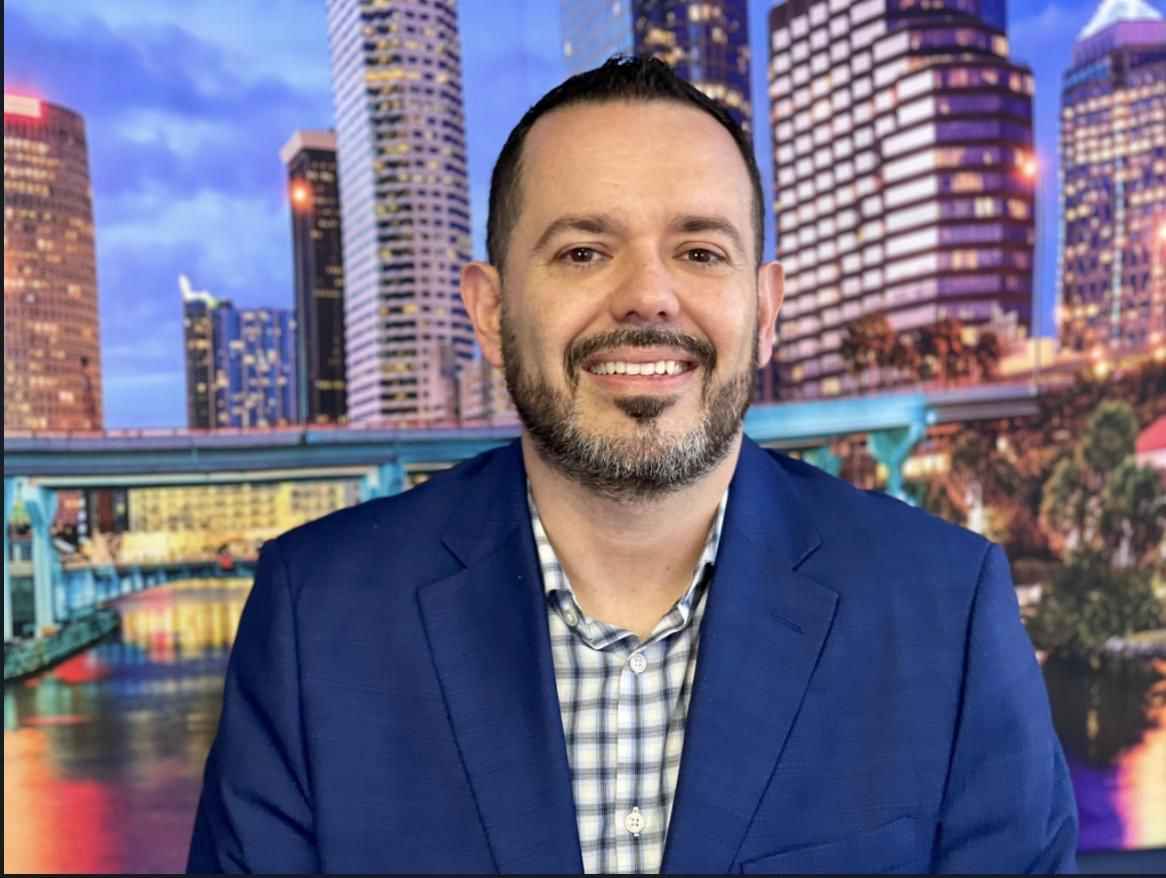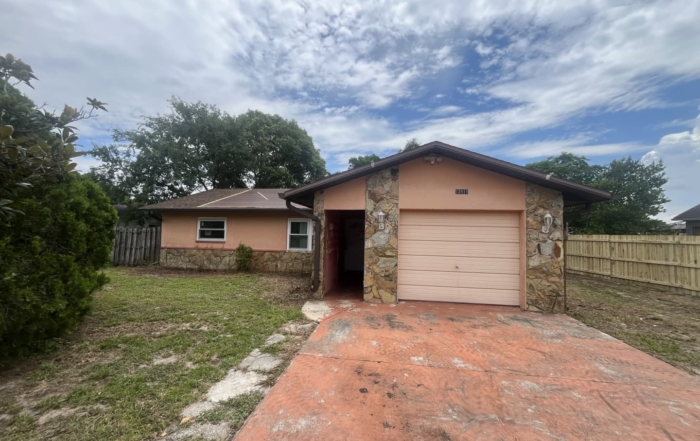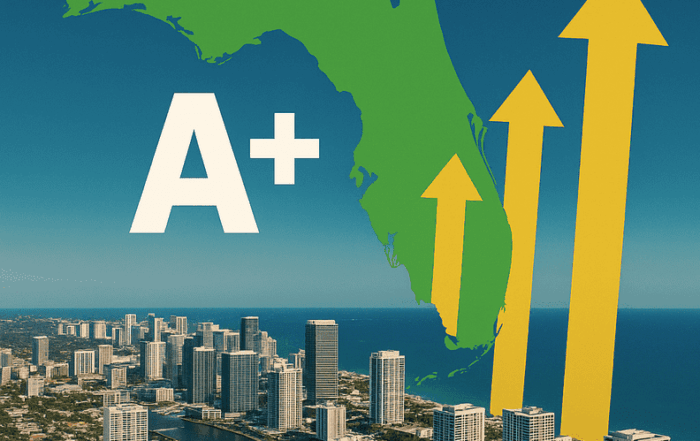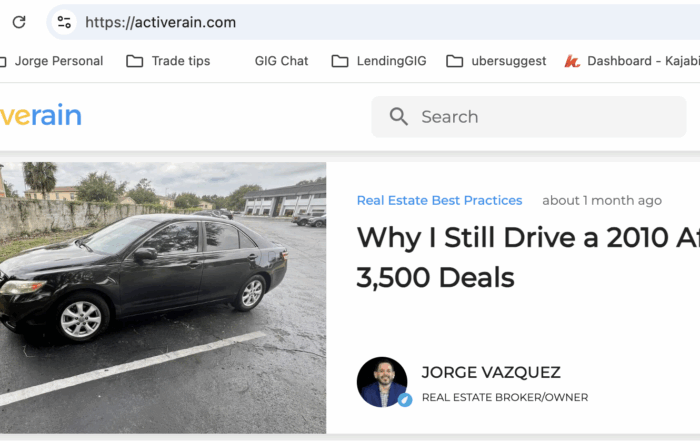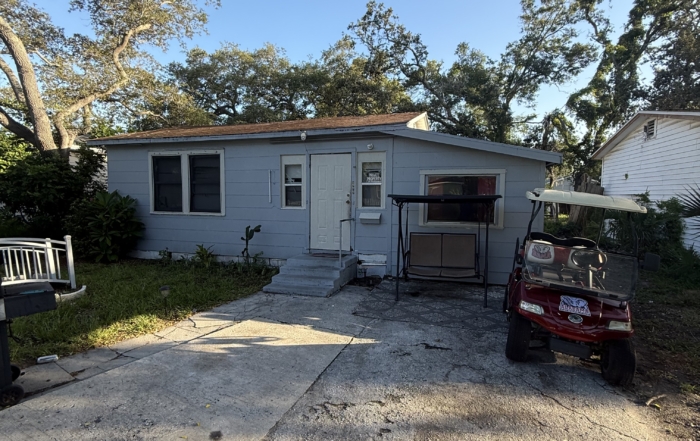
By Jorge Vazquez, CEO
Tampa, Florida, is often perceived as a hurricane hotspot due to its location on the Gulf Coast and its history of close calls with tropical storms. Yet, the truth is surprising: Tampa has only been directly hit by a handful of hurricanes in its recorded history. Despite the countless warnings, evacuation orders, and media coverage, the city has managed to dodge many storms, leading some to believe in a “hurricane bubble” surrounding the area.
Most recently, Hurricane Helene threatened Tampa, causing widespread concern and preparation. But, like many storms before it, Helene ultimately missed Tampa, sparing the region from a direct hit. This scenario is not new for Tampa Bay residents, who have seen hurricanes change course or weaken before reaching the city time and again.
Tampa’s Hurricane History: A Century of Near Misses
Tampa’s direct hurricane history includes only two major hurricanes: the 1921 Tampa Bay Hurricane and the 1848 Great Gale. In the past 176 years, these are the only storms to have made direct landfall on the city.
-
1921 Tampa Bay Hurricane: This storm, which hit on October 25, 1921, made landfall as a Category 3 hurricane. It caused a storm surge of 10-12 feet, inundating downtown Tampa and causing significant damage. It’s still the most recent direct hit for the city, over a century later.
-
1848 Great Gale: The Great Gale was a Category 4 hurricane that struck Tampa with an estimated 15-foot storm surge, destroying many buildings and changing the coastline permanently. This storm was the first recorded direct hit on Tampa, setting a historical benchmark for the area’s hurricane preparedness.
Calculating the Odds: The Tampa Paradox
Given Tampa’s location and the frequency of hurricanes in the Gulf of Mexico, you’d expect the city to have been hit more frequently. However, the probability of Tampa experiencing a direct hurricane hit in any given year is only around 1.14%. That’s roughly a 1 in 88 chance each year. This low probability is surprising when compared to other coastal cities in Florida and along the Gulf Coast.
Why Does Tampa Seem to Dodge Hurricanes?
The perception that Tampa is frequently hit by hurricanes stems from several factors:
-
Geographical Position: Tampa Bay’s unique geographical location may help divert storms. Some meteorologists suggest that the shallow waters of the bay and the positioning of the city might contribute to storms either weakening or changing course. Additionally, Tampa’s surrounding areas have unique land masses and wind patterns that may steer storms away from a direct hit.
-
Frequent Near Misses: Tampa often finds itself in the predicted path of hurricanes, only to see these storms make last-minute turns or lose strength before reaching the city. This was the case with Hurricane Charley (2004) and Hurricane Irma (2017), both of which were expected to hit Tampa directly but ultimately took different paths. These frequent near misses have created the perception that Tampa is constantly under threat.
-
Media Coverage and Preparedness: When storms threaten Tampa, the city receives extensive media coverage due to its size, population density, and potential for severe damage. This attention, combined with frequent evacuation orders, contributes to the perception that Tampa is always at risk. Media outlets often use terms like “Tampa in the bullseye” or “Tampa in the cone of uncertainty,” which can exaggerate the perceived threat.
My Experience: Minor Impacts Over 30 Years
Having lived in Tampa for 30 years and spent 25 of those years owning and managing thousands of properties, I can confidently say that the impact of hurricanes on the Tampa Bay area has been relatively minor compared to other regions. I’ve witnessed close calls, storm preparations, and temporary disruptions, but the reality is that Tampa has been spared the devastation of a direct hit time and again.
Most hurricanes that come near Tampa tend to either lose strength, shift direction, or make landfall further up or down the coast. This has kept the region relatively safe from catastrophic damage, and the impacts I have seen over the years have primarily involved wind damage, minor flooding, and temporary power outages—nothing close to the destruction faced by other coastal cities in the state.
Even our local hockey team, the Tampa Bay Lightning, seems to add to the irony. With a name like “Lightning,” it feels like Tampa’s association with extreme weather has more to do with brand image than with reality. While it’s true that Tampa Bay experiences its share of thunderstorms and lightning strikes—leading to the city’s reputation as the “Lightning Capital of North America”—the association with hurricanes is much less deserved.
The Impact of Misconceptions on Real Estate Investment
The paradox of Tampa’s hurricane history can have a significant impact on out-of-state investors looking to purchase property in the region. The perception of high hurricane risk can lead to:
-
Increased Perceived Risk: Investors might view Tampa as a riskier market, even though the historical likelihood of a direct hit is low. This perception may cause some investors to shy away from buying properties in Tampa, fearing potential damage and disruptions.
-
Higher Insurance Costs: Property insurance premiums may be influenced by the perceived risk rather than actual historical data. Out-of-state investors might be surprised by higher premiums due to Tampa’s perceived vulnerability, which can reduce cash flow and profitability.
-
Buying Opportunities: Savvy investors who understand the real risk profile may find undervalued properties and better investment opportunities. Lower demand due to perceived risk can lead to better deals on properties, especially in desirable neighborhoods around Tampa Bay.
-
Reduced Competition: The perception of high risk can also reduce competition for properties, making it easier for knowledgeable investors to acquire properties at more favorable terms than in other Florida cities where the perception of hurricane risk is lower.
Insurance and Preparedness Considerations
Even though Tampa has not been hit directly by a major hurricane in over 100 years, insurance companies still consider the city to be in a high-risk zone due to its proximity to the Gulf of Mexico. This can lead to higher premiums for windstorm and flood insurance, especially in coastal or low-lying areas.
Out-of-state investors looking to enter the Tampa market should be aware of the following considerations:
-
Comprehensive Insurance Coverage: Ensure that your properties are fully covered for both wind and flood damage. Understanding Florida’s insurance landscape and securing the right policies is crucial to protecting your investment.
-
Property Selection: Consider purchasing properties that are built to withstand higher wind speeds, such as those constructed after Florida’s updated building codes following Hurricane Andrew in 1992. Newer properties are often built with hurricane-resistant features like impact windows, reinforced roofs, and elevated foundations.
-
Proactive Property Management: Work with property managers who are experienced in preparing for storms. This includes securing outdoor items, installing shutters, and keeping tenants informed about evacuation plans.
Hurricane Helene: Another Close Call
Hurricane Helene, which recently threatened the Tampa Bay area, followed the same pattern as many storms before it. It approached the Gulf Coast with the potential to become a major hurricane but ultimately shifted course, avoiding a direct impact on Tampa. This scenario has played out many times over the past century, reinforcing the perception that Tampa is somehow protected by an invisible shield.
The media coverage and social media posts painted a picture of imminent disaster, but in reality, the storm’s impact on Tampa was minimal. Like many hurricanes before it, Helene brought some rain, gusty winds, and a few downed tree branches, but the city emerged largely unscathed.
Is Tampa Really Protected?
It’s important to note that while Tampa has managed to avoid direct hits for over a century, it’s not invulnerable. The city remains highly susceptible to storm surge, flooding, and wind damage, even from storms that do not make direct landfall. The long period without a major direct hit should not lead to complacency. Tampa’s infrastructure and low-lying areas make it particularly vulnerable to hurricanes, so preparation and awareness remain critical.
The city’s position along Tampa Bay means that even a glancing blow from a hurricane can push large amounts of water into the bay, causing dangerous storm surges and coastal flooding. This was evident during Hurricane Irma in 2017, which, despite not making a direct hit, caused significant flooding and power outages throughout the region.
The “Hurricane Bubble” Myth
The belief that Tampa is protected by a “hurricane bubble” is a local myth that has persisted for decades. Some attribute it to the shape of Tampa Bay or to Native American legends that say the area is blessed. While these stories add to the city’s mystique, there is no scientific basis for a protective bubble around Tampa.
The reality is that Tampa’s hurricane history is simply a matter of luck and geographical factors that have caused storms to weaken or change course before making landfall. This does not guarantee that future hurricanes will continue to bypass the city.
Conclusion: A City That Defies the Odds
The data shows that Tampa has only been directly hit by a hurricane twice in 176 years, leading to a low probability of direct hits. This fact, combined with the numerous near misses, creates the “Tampa Paradox,” where the city is perceived as being frequently impacted by hurricanes, even though the reality is quite different.
Investors and residents alike should remain vigilant but also recognize the true risk profile of the Tampa Bay area. Understanding the city’s unique hurricane history can help dispel misconceptions and lead to more informed decisions about living and investing in this vibrant and growing region.
While Tampa’s odds of a direct hit remain low, preparation and awareness are key. After all, it only takes one hurricane to cause devastating damage. For now, though, Tampa continues
to defy the odds, maintaining its reputation as the city that dodges hurricanes time and again. But it’s important to remember that luck isn’t a strategy. Whether you’re a resident, an investor, or a property owner, understanding Tampa’s true risk—and preparing accordingly—will help you thrive in this unpredictable coastal environment.
By staying proactive, securing the right insurance, and making smart real estate decisions, you can turn Tampa’s unique hurricane history into an opportunity rather than a risk. The city’s growing population, booming real estate market, and relatively low hurricane impact over the years make it a strong contender for long-term investment despite the media hype around potential storms.
So while the myth of Tampa’s “hurricane bubble” continues to capture the imagination, the real story is one of preparation, resilience, and understanding the true risks involved. As with any investment, knowledge is power, and in Tampa, that knowledge can help you weather any storm—literal or figurative.
Why You Should Sell Your Deals with Us
Jorge Vazquez2025-08-02T03:43:24+00:00August 2nd, 2025|Comments Off on Why You Should Sell Your Deals with Us
Let’s keep it real—wholesaling ain’t easy. You lock up a deal, hustle to find a buyer, get ghosted five times, and by the time someone’s ready, the seller’s threatening to [...]
For Sale: 12914 Buckhorn Dr, Hudson, FL 34669
Jorge Vazquez2025-08-01T19:08:10+00:00August 1st, 2025|Comments Off on For Sale: 12914 Buckhorn Dr, Hudson, FL 34669
12914 Buckhorn Dr, Hudson, FL 34669 • Single Family • 3 Beds / 2 Baths • 1,542 sq ft living area [...]
Landlords, Listen Up: Florida’s A+ Economy Is Coming—Here’s Why 2025 Still Makes Sense
Jorge Vazquez2025-08-01T19:53:23+00:00July 31st, 2025|Comments Off on Landlords, Listen Up: Florida’s A+ Economy Is Coming—Here’s Why 2025 Still Makes Sense
Florida’s A+ Economy in 2026: What This Means for Landlords, Renters, and Real Investors Like Me By Jorge Vazquez, CEO of Graystone Investment Group In my 20 years of experience in real estate investing, [...]
What It Really Takes for Agents to Make Millions in Real Estate
Jorge Vazquez2025-08-01T01:32:51+00:00July 31st, 2025|Comments Off on What It Really Takes for Agents to Make Millions in Real Estate
What It Really Takes for Agents to Make Millions in Real Estate Inspired by a Fellow Featured Agent—Kat Palmiotti Something special happened recently—both Kat Palmiotti and I had our articles featured on ActiveRain's main [...]
Jorge Vazquez Featured on ActiveRain for Real Estate Insight
Jorge Vazquez2025-08-01T19:20:27+00:00July 31st, 2025|Comments Off on Jorge Vazquez Featured on ActiveRain for Real Estate Insight
Graystone Investment Group CEO Jorge Vazquez Featured on ActiveRain for Insightful Real Estate Blog Post FOR IMMEDIATE RELEASE Graystone CEO Jorge Vazquez Featured on ActiveRain for Viral Real Estate Blog [...]
For Sale: 4717 11th Ave S, St. Petersburg, FL 33711
Jorge Vazquez2025-07-29T19:05:54+00:00July 29th, 2025|Comments Off on For Sale: 4717 11th Ave S, St. Petersburg, FL 33711
4717 11th Ave S, St. Petersburg, FL 33711 • Single Family Home [...]
Ready to take your real estate investing knowledge to the next level? Join our Property Profit Academy today! https://www.propertyprofitacademy.com

Meet our Team of Experts!

Meet Vanessa Martin, the Lending Operations Manager
Vanessa has over 23 years of business management experience and has been in the real estate industry since 2018. She and her team prioritize serving clients and finding the right financing options. Schedule a meeting with Vanessa: https://graystoneig.com/vanessa
Meet Cody Bergstrom, Your Expert in Finding Deals
My team and I have over 20 years of experience in real estate. We have strong relationships with wholesalers, probate lawyers, sellers, and others in Florida. I aim to align your investments with your vision and deliver exceptional results. Contact Vanessa to schedule a meeting: https://graystoneig.com/cody
Meet Marylyn Patankar, Your Property Manager Partner
Hello, I’m Marylyn Patankar, the Field Manager and New Client Ambassador at Graystone Property Management. I educate investors about our perks, onboard new landlord investors, and manage on-site operations. Schedule a meeting with me here: https://graystoneig.com/marylyn
